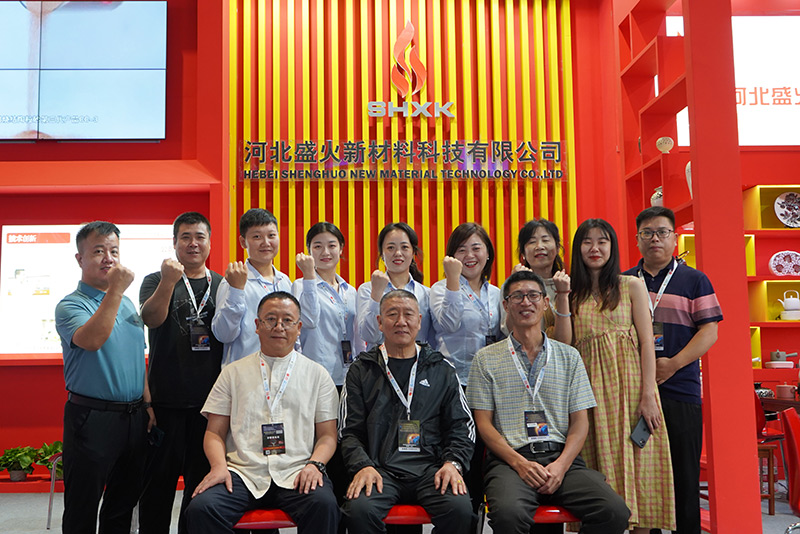Sand Printing Casting Revolutionizing Manufacturing
In the realm of manufacturing, innovation is a constant driver of efficiency and quality. One of the most promising advancements in this field is sand printing casting, a technique that combines traditional casting methods with modern 3D printing technology. This process not only enhances the production of complex shapes but also offers numerous advantages over conventional techniques.
Sand printing casting involves the use of a 3D printer to create molds made of sand. This sand mold is then filled with molten metal to produce intricate components that would be challenging or impossible to create using traditional sand casting methods. The precision of 3D printing allows for greater design flexibility, enabling engineers and designers to push the boundaries of their creativity.
One of the primary benefits of sand printing casting is its ability to reduce lead times significantly. Traditional casting methods often require lengthy setup times, including the design and machining of molds. In contrast, sand printing casting can streamline this process, allowing for quicker prototyping and faster production cycles. This efficiency is particularly advantageous in industries such as aerospace, automotive, and custom manufacturing, where time-to-market is critical.
sand printing casting

Additionally, this method minimizes waste. Traditional sand casting typically involves the use of large amounts of sand that, once formed into molds, may end up as landfill after a single use. With sand printing, molds can be produced with precisely the right amount of material, significantly reducing waste. Furthermore, many types of sand used in this process can be recycled, promoting a more sustainable production process.
Another significant advantage of sand printing casting is the ability to create complex geometries and lightweight structures. This aspect is crucial in sectors like aerospace, where every gram counts, and components need to be both strong and lightweight. The intricate designs made possible by sand printing allow for optimization of materials, leading to improved performance and reduced fuel consumption in aircraft.
Moreover, the adaptability of sand printing casting means that small batch production and custom components can be manufactured without the hefty cost implications normally associated with tooling changes in traditional methods. This flexibility makes it an ideal solution for businesses looking to innovate or customize their products without incurring significant costs.
In summary, sand printing casting represents a groundbreaking fusion of technology and traditional manufacturing processes. Its ability to reduce lead times, minimize waste, and produce complex geometries makes it an attractive option for a variety of industries. As this technology continues to evolve, it holds the potential to reshape the future of manufacturing, paving the way for more efficient, sustainable, and innovative production methods.
Post time:नोभ . 24, 2024 15:56
Next:Innovative Techniques in Metal Sand Casting for Enhanced Industrial Applications
